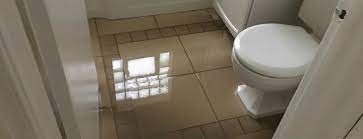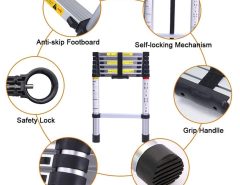A flood in the bathroom is a disaster, but it is a fairly common occurrence. Being a room that has a lot of water going in and out of it, there are much more opportunities for things to go wrong and for a flood to happen, so it is always good to know how to deal with a flooded bathroom in case it is something that you come up against. It is also good to be aware of some of the common things that may cause your bathroom to become flooded in the first place.
A flooded bath is a very common reason for a bathroom flood, and it is one of those things that can happen easily – falling asleep whilst the bath is running for example can lead to a large flood, so it is always best not to leave a bath running unattended.
Drainage issues are another common reason for flooding in a bathroom – blocked drains also can lead to health risks so it is important to get a professional help with this such as these drain lining surveys through Wilkinson Environmental https://www.wilkinson-env.co.uk/sewer-repairs-drain-lining-concrete-cutting/drain-lining/ if you suspect that there are drainage problems in your bathroom.
A leaking shower is something that is also a common cause of a bathroom flood – there are many fittings that make up a shower, so it is important to have these all checked out and replaced if necessary if you find that you have water leaking from the shower when it is off.
The toilet is another thing that can cause flooding – often people will find the toilet is leaking water from the base, or it could be coming from the pipe that takes the waste away. A toilet leak can be particularly problematic as it is wastewater which can increase chances of disease and illness so needs to be dealt with properly.
If you do have a flood in your bathroom, it is important that you know how to deal with it safely and efficiently. The first thing to do is to stop the water if it is still flowing – this could be from the tap or if you are unsure turn off the household water supply (this is usually found under the sink in the kitchen).
It is also important to turn off the electricity as the water may have got into this and could be an electrocution risk. Once this is all done you can start to clean up the flood. Absorb the water from the floor with towels, mops and buckets. Make sure that you are through and get into all the nooks and crannies that the water could have made its way into as this will reduce the risk of further damage.
Once all the water is off the floor you will need to clean everything up and then find the cause of the problem – it is best to get a professional in to do this as that way it can be done safely and correctly.





Leave a Reply